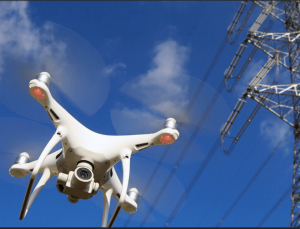South Korean Military Drone Collides with Helicopter, No Casualties Reported
A South Korean military drone has collided with a stationary helicopter at an airfield in Yangju, located north of Seoul. The accident sparked a fire, which military personnel were able to extinguish within approximately 20 minutes, according to information from the South Korean defense ministry. Fortunately, there were no reported casualties from the incident, as reported by Reuters.
Incident Details and Technical Context
The drone involved in the collision was an Israeli-made Heron, recognized for its capabilities as a large reconnaissance unmanned aerial vehicle (UAV) with extended endurance, primarily utilized for surveillance missions. The collision ignited a fire, but the prompt response from military staff contained the flames. Authorities confirmed that there was no indication of GPS jamming from North Korea, which is usually a concern in this region.
The Heron UAV, produced by Israel Aerospace Industries, boasts a wingspan of approximately 54 feet and a maximum takeoff weight of 5,070 pounds. It is capable of operating at altitudes up to 35,000 feet with a flight endurance exceeding 40 hours, making it a crucial asset for reconnaissance missions. This incident is a rare occurrence for the Heron, which has been employed by various militaries around the globe.
Industry and Regulatory Implications
Accidents such as this reveal the complexities of integrating advanced UAVs into military operations, particularly around airfields that manage mixed traffic. The South Korean military’s efficiency in suppressing the fire underscores the significance of stringent safety protocols. However, the incident raises concerns regarding the proximity of drones and helicopters and signifies a need for enhanced collision-avoidance technologies.
This is not the first occurrence of a Heron misfortune in the vicinity; a similar UAV crashed near Yangju last November, indicating possible ongoing issues with maintenance or operational protocols. The South Korean government may need to reassess its UAV training programs and infrastructures to prevent similar incidents in the future.
This collision not only highlights the challenges faced by unmanned aerial systems in military applications but also emphasizes the importance of innovation balanced with safety measures—an essential consideration as UAV usage continues to expand.













